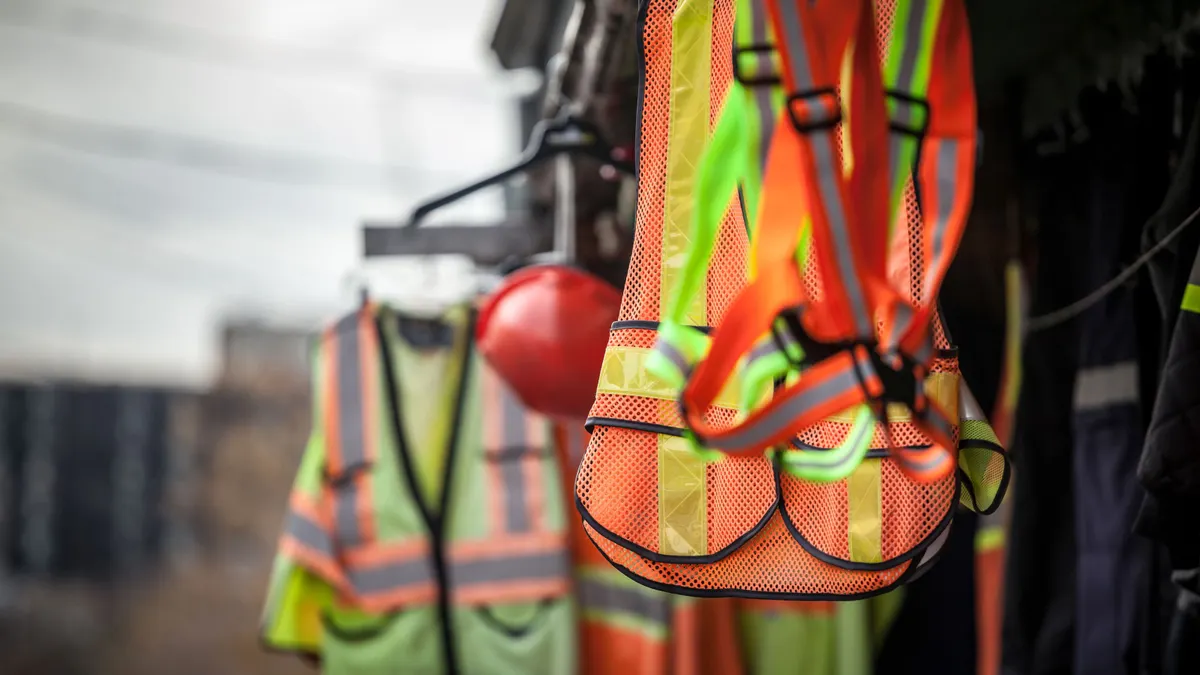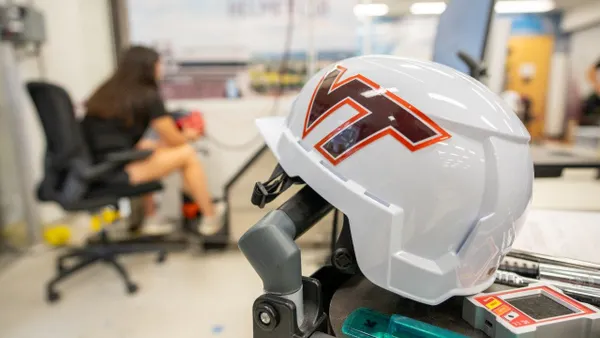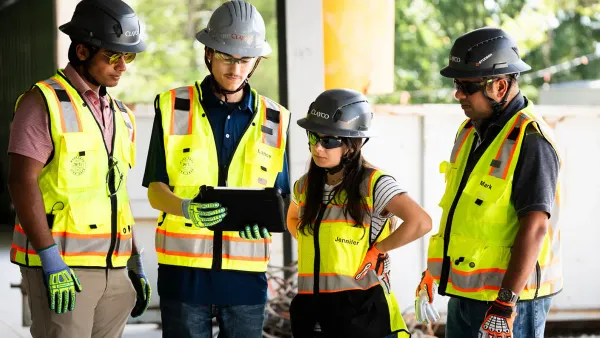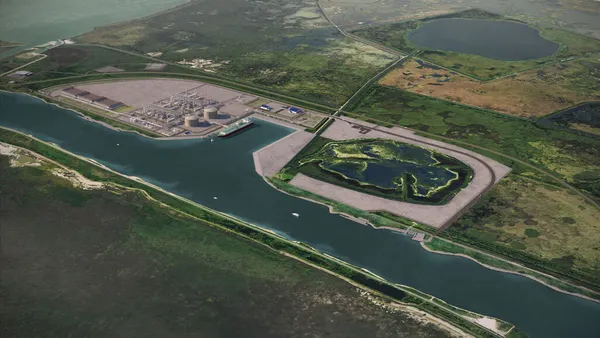The good news? The number of serious injuries and fatalities in construction declined 17% in 2023 compared to the previous year.
“The bad news is on a macrolevel across all industries, even though lagging measures such as recordable rates and lost time rates have steadily come down from where they historically have been, fatalities have flatlined for the last 10 years,” said Duane Duhamel, director of health, safety and sustainability at Dallas-based contractor and supplier management consulting firm ISN.
A new report by ISN provides an analysis of these incidents — known as SIFs — from clients’ OSHA records. The report looks at SIF data from 2017 to 2023.
The flatlining across all industries highlighted by Duhamel is especially true in construction. The industry’s fatality rate has hovered around 10 jobsite deaths per 100,000 full-time equivalent workers for over a decade.
Moving vehicles, working from heights or in tight spaces, making contact with equipment and electrocution all make the construction jobsite a hazardous place.
“The construction industry is what we would term a high-hazard industry in general because it has many moving parts of staffing and overlap with contractors and subcontractors all the way down,” Duhamel said. “That introduces a great deal of complexity when it comes to safety culture.”
ISN’s report emphasizes the importance of organizational safety culture in reducing workplace incidents. Duhamel said work done by construction research groups and safety leaders has improved the thought process around prevention, training, controls and hazard assessment.
“I am optimistic that this will help move the needle in due time,” he said.
Safety assessments
Organizations that employ a solid safety assessment program are usually the ones with lower SIFs numbers according to Duhamel.
Those that have a program in place to assess hazards allow influencers at the company to turn those assessments into measurable actions that create change for the better, Duhamel said.
“There is a direct correlation with a strong health and safety culture that leads to the likelihood of SIFs being lessened,” he said.
That’s why one of his biggest recommendations to construction companies is to conduct a safety culture assessment to establish a baseline of where there are potential gaps in the organization.
“Employees will tell you what they see and believe and how things really are,” Duhamel said. “Additionally, really focusing on these high-consequence events and ensuring there are adequate controls in place to protect them and looking at the human performance side of why people make mistakes and what can be improved.”
Although Duhamel noted the number of SIFs cases in the construction industry has declined since 2022, more needs to be done to better mitigate the hazards.
“There’s a lot of hurdles and struggles with workplace safety in the construction industry as a whole, and I think technology can help with this,” he said. “There are things that can allow humans to error and fail safely, such as crash detection in vehicles, enhanced barriers and protection systems that prevent an employee from falling and introducing wearable technology and drones to detect hazardous conditions. Capturing some of those is really vital for the next iteration of SIFs prevention.”













